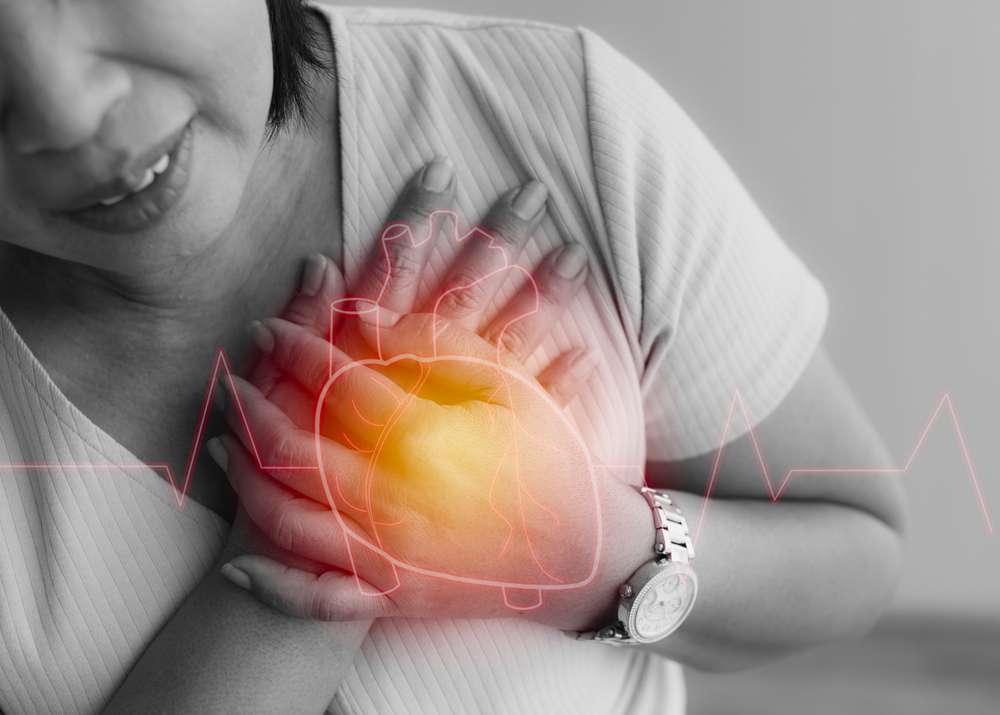
Home-based Cardiac Rehabilitation in the Era of Coronavirus Disease 2019
People worldwide try to avoid the spread of infection by practicing social distancing in the pandemic caused by SARS-CoV-2 infection. In the general population, prolonged isolation at home leads to decreased physical activity, and the risks associated with physical inactivity are high especially in patients with heart disease. However, now to reduce the risk of SARS-CoV-2 infection in hospitals, many hospitals may not have outpatient cardiac rehabilitation (CR) services.
One of the most increasing treatments that are finding more qualified claims and support is home-based cardiac rehabilitation. While cardiac rehabilitation is normally conducted in inpatient or outpatient facilities, for certain patients, home-based cardiac rehabilitation may be suitable. Clinicians connect with patients remotely in home-based cardiac rehabilitation, build interactive modules, and monitor vital signs such as heart rate and blood pressure with wearable devices. Randomized clinical trials have shown that cardiac home-based rehabilitation and cardiac center-based rehabilitation have comparable benefits for quality of life, readmissions for all causes, and costs.
Expansion of home-based cardiac rehabilitation should be followed by near program quality control using standardized center-based cardiac rehabilitation steps, including changes in blood pressure and functional ability (defined by peak metabolic equivalent or 6-minute walk test distance increases). It is also important to determine the correlation of home-based cardiac rehabilitation findings with inequalities. When insufficient local services or burdensome out-of-pocket expenses prohibit center-based cardiac rehabilitation, it can improve access, but its acceptance may be conditional on the digital literacy and internet availability of patients. Recent research shows that most, but not all, older US adults are prepared for telehealth participation.









